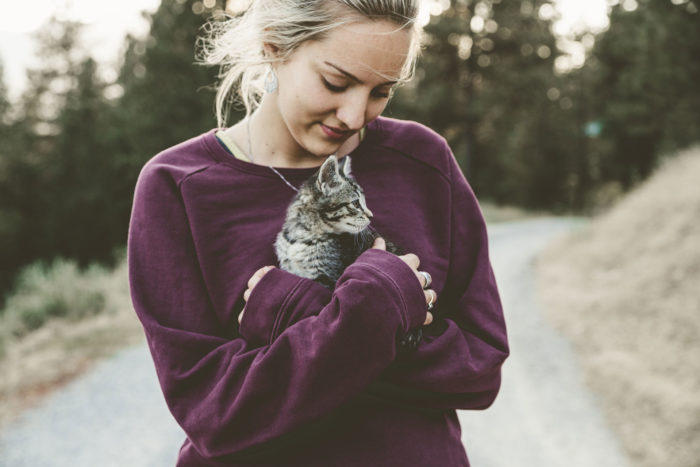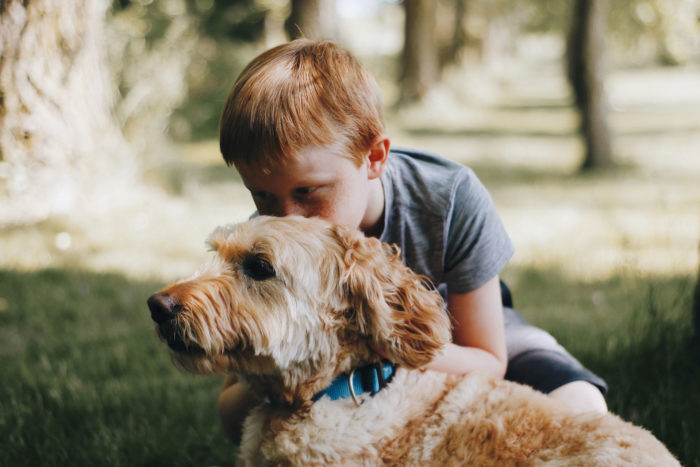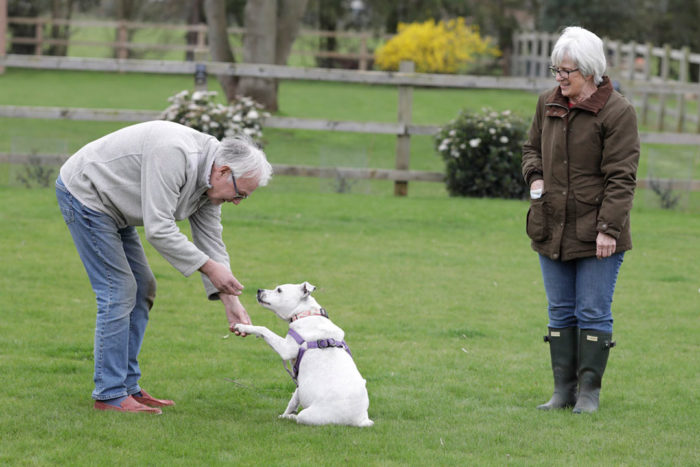Naive Newbies
This audience is the group driving the increase in dog and cat ownership that we have seen over the last couple of years.
They are the least considered in their approach to acquiring a pet being more driven by aesthetics, trends and the short term benefits they see a pet bringing to their lives, with little consideration around the pets needs.
They are the least likely to have grown up with cats or dogs so have little understanding of the impact responsible dog and cat ownership has on lifestyle or more then a very basic understanding of the pets welfare needs. They typically engage with pet information and advice only when an issue has already arisen, through specific search term and/or engaging with pet forums on social media.
This is a group whose life is in flux, with significant changes in their lifestyle being driven by change in career, relationship status and starting a family. The decision to get a pet will be initiated by a lifestyle factor such as:
- getting their first home
- moving in with a partner
- more recently a move to working from home

They live in the moment and do not consider the longer term challenges of pet ownership beyond this lifestyle change.
They have busy lifestyles where their career is often a focal point that requires long hours. They seek ways to relax outside work through socialising and travel which they document and share on social media channels like Instagram and TikTok. They see their pets as an extension of the image they portray, and will integrate their pets into their social lives where they see a benefit for themselves in doing so.
They see pet ownership as something that needs to fit around their busy lifestyle and are prepared to spend money on services to help make this happen as well as invest in pet products that they see as ‘luxury’ or ‘premium’, but are unprepared to make significant sacrifices or changes which can lead to them relinquishing their pets when their behaviours suffers as a result.
They are the least likely to see supporting charity as a duty and have the least awareness of animal welfare issues. When they support charities it will be driven by them getting a beneficial experience in return or a cause they see as high profile and urgent such as emergency appeals.
25-45
core age range
50%
female
70%
cohabiting
60%
children under 18
£45-£100k
avg. household income
80%
own their house
Working in high status jobs in large cities, starting to return to offices or hybrid working post pandemic. They tend to live in urban areas.

60%
own one or more dogs
40%
own one or more cats
25%
own multiple pets
Where their pet is from
Pet insurance in place
Registered with vet
Average time spent with their pet per day
Dogs: 1.5 hours
Cats: 30 minutes

High risk
Due to their inexperience and lack of preparation this group are most likely to experience behavioural issues with their pets, along with being the most likely to experience changing circumstances that effect their ability to look after them. They will seek ways to re-home their pets that help them to recoup their costs and/or avoid the shame they may feel in giving up their pets to animal welfare organisations, turning to this avenue as a last resort.
Key reasons
- Unable to manage their dog’s behaviour when they reach adolescence.
- A change in lifestyle related to work or family such as returning to the office after a period of working from home or the arrival of a new baby.

This group are the most impulsive in their approach to acquiring a pet, and therefore are the most likely to engage with unethical sellers and breeders without realising it.
They are drawn to popular designer breeds without considering whether the characteristics of these breeds are compatible with their lifestyle or whether there are any health implications associated with them.
This group are most likely to engage with services that help them to fit their pets around their busy lifestyles such as dog walkers and pet sitters, without considering the availability and quality of these services and the long-term cost implications.
Due to time factors they may miss vet appointments and routine check-up and vaccinations and are less likely to engage in preventative health measures.
They were the drivers behind the rise in pet acquisition during the pandemic, and as life has returned to normal they are struggling to accommodate their pets needs and manage the resulting behavioural issues.
This group are at the stage of life where they are starting families and find integrating this lifestage with pet ownership raises unexpected challenges that they struggle to manage and where the pet’s needs are not a priority
They are most likely to seek advice and support with their pets when an issue arises that effects their life such as barking, destruction of property, and aggression. They will look for convenient ways to solve the issue and pay for professional services such as trainers and behaviourists.

- If they buy a pet through an ethical provider they will engage with the information provided to them at this point.
- Through sharing pet related lifestyle content on social media channels they will be targeted by commercial pet companies and any information and advice they provide.
- They will search online for pet friendly establishments that they can also socialise in.
- When they reach crisis point they will seek advice online and through forums, that they perceive as from an ‘expert’ such as breeders and behaviourists, and are prepared to invest money if they feel this will help them resolve an issue more easily.
- Their preference is for video content over text and articles.
Health specific
- They will not proactively pick up on health issue as they spend the least time observing their pets and rely heavily on information proactively provided by their vet.
This audience is unlikely to have come across Woodgreen.
% of your pet rehomer applications this audience make up
% of your current supporter base this audience makes up

This audience are reactive in the way they support charities responding to campaign’s that have a sense of urgency momentum and help them make a statement about themselves.
They are less likely to commit to a regular form of giving at this stage in their life and seek ways to support charities that provide them with an experience or connects them with their peers.
20% have supported an animal welfare charity in some way.
Top animal charities supported: WWF and RSPCA.
- Instagram and Tik ToK influencers
- YouTube advertising
- Peer to peer
- Pet professionals
- Partnerships with pet providers and brands
- YouTube
- TikTok
- X (Twitter)
- Proactive pet information.
- Lifestyle, trend-based, topical content.
- Reactive, one-off or urgent donation asks.
- Commercial products, merchandise, branded items.
- LinkedIn – collages, statics, videos, articles, documents.
- TikTok – Vertical videos, overlays, duets, challenges, voiceovers.
- X – Static imagery, carousels, polls, videos.
- Instagram – Reels, carousels, static imagery, Insta Stories.
- Emergency appeals via social media
- Crowd funding campaigns
- Unusual events and experiences
- Challenge events
- Commercial products
- Lottery

Meet Hannah
35 year old, dog owner
Download Hannah's portrait
Meet Steve
32 year old, dog owner
Download Steve's portrait
Meet Chloe
25 year old, cat owner
Download Chloe's portrait
Meet them where they are
This audience are not proactively seeking opportunities to engage with general pet advice or animal welfare charities. It’s important to consider what touchpoints they are already engaging with that Woodgreen can utilise to raise awareness of Pet Welfare needs and encourage them to engage with content in a relatable way. For example, how to be a great dog owner and enjoy your social life. The best breeds for families with small kids.
Offer targeted on demand expert services
When they seek pet advice it will be to tackle a particular issue often linked to behaviour. This group are looking for support from people who have professional credentials or are experienced owners, that they can fit around their full time jobs and busy social lives. Consider how to utilise chat functionality and online training resources.
New fun things to do and share
They are looking for distinctive, social media friendly fundraising events and ideas to participate in, that they see as supporting their self image, such as Macmillan’s head shave or Dryathlon.
- Inclusive
- Expert
- Non confrontational















